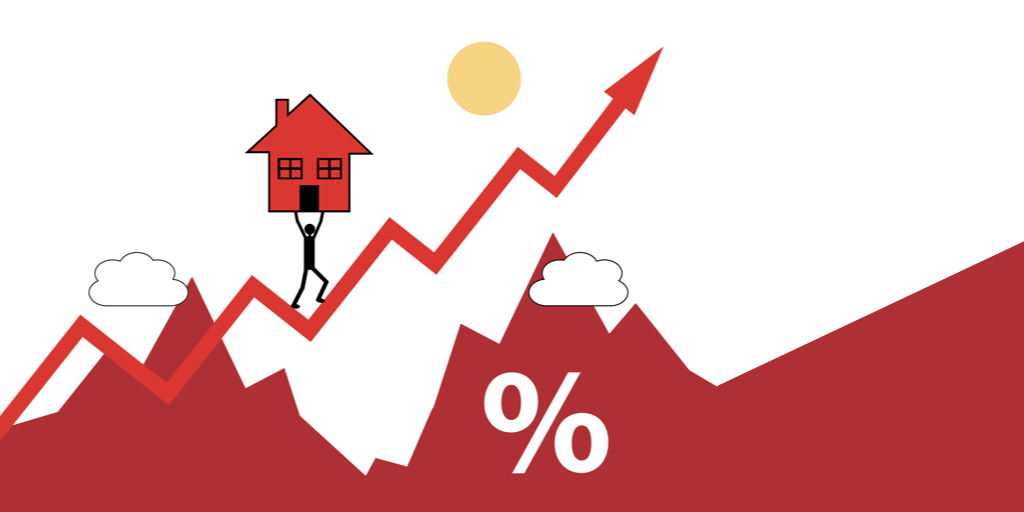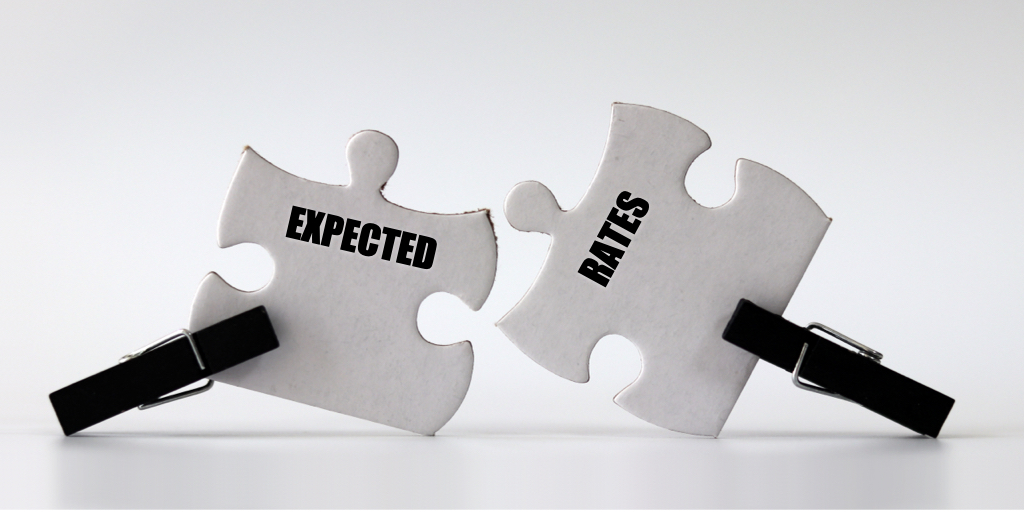Why retirees may be forced to tap into their home equity
Thanks to runaway inflation and rising interest rates retirement just got a whole lot more expensive. This also makes extracting home equity more costly. Personal finance columnist Rob Carrick writes in the Globe & Mail, “There are a couple of ways to squeeze additional retirement income out of your house. One is a home equity line of credit, which lets you borrow up to 65 percent of a home’s value (up to 80 percent for a combination of HELOC and mortgage). You must pay interest owing on your HELOC every month, but you could postpone repayment of principal until you sell the property.”
As we mentioned on this show last week HELOCs are likely to disappear as home values fall. After all, why would banks want to take the risk of lending money secured by a depreciating asset? It’s the cold calculus of banking. And contrary to Carrick’s statement, most HELOCs here in the States require principal and interest payments after the draw period has ended.
Many retirees are going to have to…
Read More
find alternative sources of cash flow or liquidate assets to continue to maintain their standard of living amid inflation and rising interest rates. Those with significant credit card balances outstanding will see their minimum payments increase or fewer of their dollars paying off the principal balance. Older Americans seeking to tap into their home equity could find HELOCs no longer is a viable choice thanks to higher interest rates, or that loan is simply no longer available. Those considering renting after selling their home may want to reconsider their options as average rental prices surged an astounding nineteen percent from December 2020 to December 20201. A better option, even at today’s inflated home values, maybe instead to utilize a HECM for purchase placing a significant portion of their home sale profits as a down payment and keeping the rest for a rainy day. While home values are precariously perched on a record high rising interest rates are beginning to erode the proceeds available to new reverse mortgage borrowers. Just in April, the 10 Year Constant Maturity Treasury rate rose by nearly 60 basis points. That rate is likely to continue to spike higher as the Federal Reserve just raised interest rates by half a percentage point in the attempt to suppress the fastest surge of inflation in over 40 years. Both home sellers and buyers will feel the brunt of the Fed’s planned accelerated reduction of mortgage-backed securities purchases by $35 billion a month by September. The Fed’s plan to reduce its balance sheet will put pressure on both the housing and financial markets. Lower home values of course directly impact reverse mortgage eligibility and benefits and the financial markets will likely cool after a decade of massive quantitive easing and low interest rates. What are the lessons to be learned? The first is that home equity is neither secure nor real until it’s separated either by sale or loan proceeds. Second, is that procrastination is perhaps the most costly mistake today’s eligible homeowners can make who could benefit from a reverse mortgage. Third, while the reverse mortgage was never merely a loan of last resort it may provide much-needed relief for retirees of all incomes.










1 Comment
Many people confuse the profit (or loss) from selling their principal residence with the net cash proceeds from the sale. In most cases they are very different numbers.
For example, a widower (for 4 years) asked his very smart neighbor what kind of gain he would have on his home if he sold it in the next four months. His neighbor, a moderately successful and prudent entrepreneur estimated the gain at about $340,000.
The widower had told his neighbor that he and his wife had purchased the home in 1960 for $35,000 and had invested $75,000 from savings in 1985 in “improvements.” The widower said that his Realtor had told him that the house was now worth $490,000 but selling and fix up costs would total about $40,000. So based on what the Realtor and neighbor told him, the widower planned on having about $340,000 in cash from the sale.
Two months later, the house sold for $500,000 with selling and fix up costs of $41,000. The current UPB (unpaid principal balance) at the time of sale on the fixed rate HECM originated in 2009 was $289,000. Even though the profit on the house was $349,000 for income tax purposes, the net cash to the seller was just $170,000. The widower was fully upset and called his income tax planner for some practical advice. Since the income tax gain on the house was over $250,000, his tax planner tells him to expect to pay an additional $30,0000 in federal and state income taxes leaving just $140,000 in net cash for the widower to use in buying his next home. The widower asks about a huge interest deduction he should be getting from the payoff of the HECM along with a $500,000 exclusion on the gain of the sale of his house, only to hear 1) none of the interest will be deductible since the funds were used to pay for his wife’s final costs as well as for both of them to live on for 9 years and for himself alone for the last four years and 2) that the $500,000 exclusion on the gain of the sale of principal residence only applied to married couples and surviving spouses in the first two years following the death of the decedent spouse. The widower was planning on using his “profit” from selling the home to right size using an H4P plus having substantial cash left over. He now realized his idea of downsizing needed revision with no cash left over to live on.
Profit and cash flow from the sale of a home are not the same and each must be carefully estimated. In the go-go days of residential homes in the 1970s here in Southern California, many tax clients came to me asking what the approximate profit would be from selling their home. I quickly learned that what they meant to ask was how much cash will be available to them by selling the home. With spectacularly rising prices and gain deferrals (rather than today’s exclusions) for income tax purposes on gains from the sale of a principal residence, they were trying to determine if they had enough money from the sale of their home to make the down payment needed for their next dream home.
Using imprecise terms can result in unexpected results for HECM borrowers. So can anyone explain why we still hear originators calling HECM proceeds income?